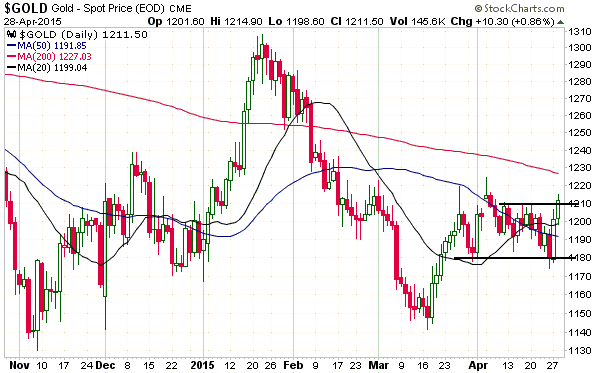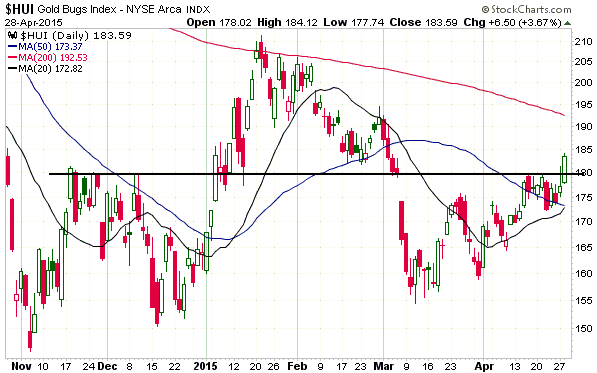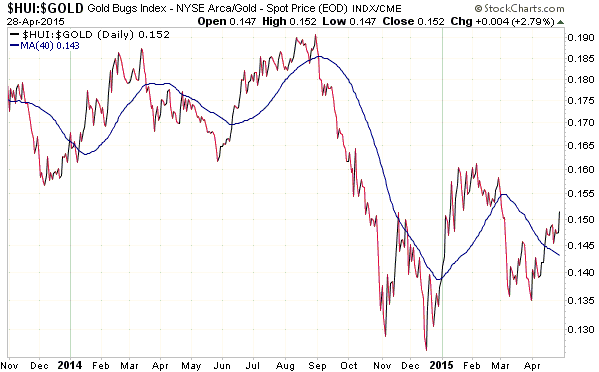To the Keynesian economist, the world of economics is a sequence of random events — an endless stream of anecdotes. Things don’t happen for any rhyme or reason, they just happen. And when they happen the economist’s first job is to come up with an explanation by looking at the news of the day, because there will always be current events that can be blamed for any positive or negative developments.
It’s futile to look any deeper, for example, to consider how policies such as meddling with interest rates might have influenced investment decisions, because, even though the real-world economy involves millions of individuals making decisions for a myriad of reasons, the individual actors within the economy supposedly form an amorphous mass that shifts about for unfathomable reasons. In fact, in the Keynesian world the economy can be likened to a giant bathtub that periodically fills up and empties out for reasons that can’t possibly be understood, although if an explanation that goes beyond the news of the day is needed the economist can always fall back on “aggregate demand” or its more emotional cousin — “animal spirits”. Specifically, a slowing economy can be said to be the result of falling “aggregate demand”, and when the pace of economic activity is rapid it can be said to be the result of surging “animal spirits”. There’s no need to try to explain the changes in these mysterious entities, because they are inexplicable. They just happen.
Having explained what’s happening to the economy by pointing at seemingly random/unpredictable events or citing unfathomable changes in “aggregate demand”, the economist’s second job is to recommend a course of action. And since the economy can supposedly be likened to a bathtub filled with an amorphous liquid, the level of which periodically rises and falls, it’s up to the economist to suggest ways that add liquid when the level is too low and drain liquid when the level is too high.
Fortunately, adding and draining liquid is very easy to do. For example, to add liquid all that has to be done is for the government to increase its spending and/or for the central bank to create some money out of nothing. It doesn’t matter that the government’s spending is unproductive and that the central bank’s money-pumping falsifies the price signals upon which the market relies; it only matters that more liquid is added to the bathtub.
This approach to economics might seem ad-hoc. It might seem superficial. And it might seem short-sighted. That’s because it is all of these things, which is why Keynesian Economics should be re-branded ASS (Ad-hoc, Superficial and Shortsighted) Economics.
 Print This Post
Print This Post



